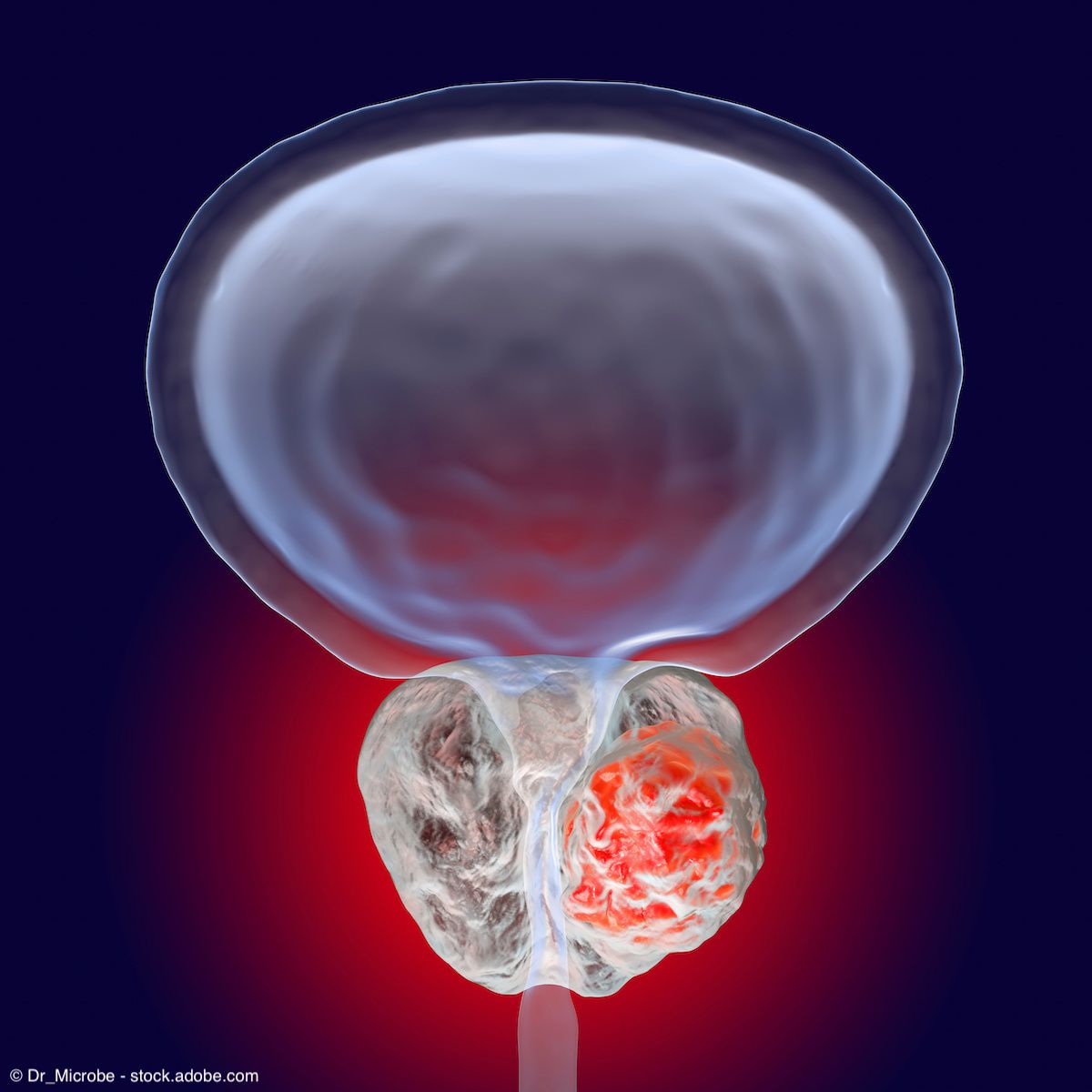Article
Quiz: New guidance on hypofractionated EBRT in prostate cancer
Test your knowledge of the ASTRO/ASCO/AUA guideline for use of hypofractionated radiation therapy in localized prostate cancer.
Question 1
Moderately hypofractionated radiation therapy for localized prostate cancer involves delivery of ____ cGy per fraction.
A. 240-340
B. 340-440
C. 440-540
D. 540-640
Continue to the next page for the answer.
Answer
A.240-340 cGy per fraction
According to the American Society for Radiation Oncology (ASTRO), American Society of Clinical Oncology (ASCO), and American Urological Association (AUA) evidence-based guideline for use of hypofractionated radiation therapy in localized prostate cancer, moderately hypofractionated radiotherapy involves radiation doses of 240-340 cGy per fraction and ultrahypofractionated involves at least 500 cGy per fraction (J Urol Oct 1, 2018 [Epub ahead of print]). Conventional fractionation refers to dose fractions of 180 to 200 cGy.
Question 2
Moderate hypofractionation should be offered to men who are candidates for EBRT regardless of age, comorbidity, anatomy, or urinary function, but physicians should discuss the limited evidence for cancer control beyond __ years from most randomized trials.
A. 2
B. 3
C. 4
D. 5
Continue to the next page for the answer.
Answer
D.5 years
The guideline notes that “physicians should discuss the limited follow-up beyond 5 years for most existing randomized controlled trials evaluating moderate hypofractionation.”
Question 3
The ASTRO/ASCO/AUA guideline conditionally recommends hypofractionated regimens of 6,000 cGy delivered in ___ fractions and 7,000 cGy delivered in ___ fractions because a single optimal regimen cannot be determined based on available outcomes data.
A. 15; 30
B. 20; 28
C. 25; 30
D. 30; 38
Continue to the next page for the answer.
Answer
B.20; 28
Regimens of 6,000 cGy (20 fractions of 300 cGy) and 7,000 cGy (28 fractions of 250 cGy) are conditionally recommended for men with localized prostate cancer because these fractionated regimens are supported by the largest evidentiary base. A single optimal regimen cannot yet be determined because few fractionated regimens have been evaluated in head-to-head clinical trials.
Question 4
According to the ASTRO/ASCO/AUA guideline, based on high-quality evidence, moderate hypofractionation should be recommended to patients in which risk group(s)?
A. Low
B. Moderate
C. High
D. All of the above
Continue to the next page for the answer.
Answer
D.All of the above
Based on high-quality evidence, the guideline task force reached a strong consensus that moderate hypofractionation should be offered for patients in all risk groups when patients wish to pursue EBRT.
Question 5
The ASTRO/ASCO/AUA guideline conditionally recommends against ultrafractionated radiation therapy for patients in which risk group(s)?
A. Low
B. Moderate
C. High
D. All of the above
Continue to the next page for the answer.
Answer
C.High
Based on a moderate-quality evidence base, the guideline task force conditionally recommended that ultrahypofractionated radiation “may” be offered to patients with low- or intermediate-risk prostate cancer but “strongly encourages treatment of intermediate-risk patients on a clinical trial or multi-institutional registry.” For patients with high-risk prostate cancer, however, the task force conditionally recommended against routinely offering ultrahypofractionated EBRT. For any hypofractionated EBRT, the task force strongly recommended the use of image-guided radiation therapy and recommended against the use of unmodulated 3-dimensional conformal radiotherapy techniques.





